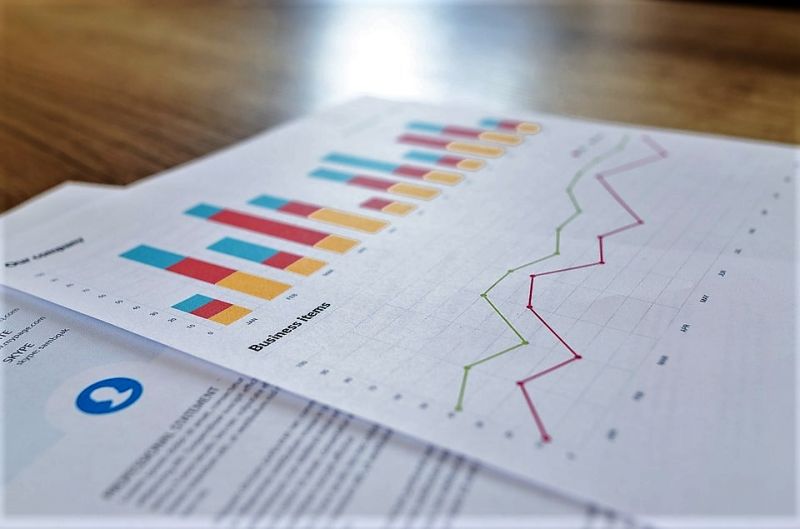Water Utilities are Facing a Customer Engagement Crisis
Published on by Water Network Research, Official research team of The Water Network in Business
Historically, the utility sector has fallen behind other industries, such as banking and retail, when it comes to customer engagement. For the water utilities, this low performance may have been due to the regional monopolies each company held.
The tides are now shifting though, as the regulators implement new expectations of customer engagement.
The Institute of Customer Service recently reported its findings from the UK Customer Satisfaction Index (UKCSI), highlighting that energy and water utility companies are lagging behind in cross-sector customer satisfaction scores.
It is the first year since 2014 that the satisfaction score for utilities has flat-lined, with a score of 74.4 out of 100 for utilities, which is below the all-sector average of 78.1.
 In the past, “customer engagement” for water utility companies mostly involved bill payments and reports or complaints, and that’s it. It is now much more important to bring water companies into the 21st century, and have customer interactions be well thought through. New technologies and techniques for interacting with data are creating great opportunities for improving customer engagement.
In the past, “customer engagement” for water utility companies mostly involved bill payments and reports or complaints, and that’s it. It is now much more important to bring water companies into the 21st century, and have customer interactions be well thought through. New technologies and techniques for interacting with data are creating great opportunities for improving customer engagement.
Ofwat, the UK water regulator, is monitoring the situation closely with the Survey Incentive Mechanism (SIM). Post 2020, the SIM will be renamed C-MeX (Customer Measure of Experience) to monitor the satisfaction levels of all water utility customers, and not just the ones connecting with the company to discuss their water bill, complain, or to report a leak.
This means a customer has the power to comment on a water utility’s entire customer engagement strategy – which means water utilities need to be proactive, rather than reactive to complaints. If customer satisfaction is low overall, penalties for the water utilities will ensue.
How can water utilities take advantage of the improvements in metering technology?
To deliver true customer engagement, you need a combination of behavioural science and data science to generate proactive and very personalised insights for customers about their water consumption and bills. These insights can help build a mutually informative conversation between the company and its customers. Although, these conversations are not just about an exchange of words, but are also an exchange of content and ideas. It is essentially a feedback loop whereby companies and their customers change their actions as a result of input from one another.
If you adopt techniques derived from behavioural and data science that uses, for example, social norm messaging, cognitive dissonance, goal pursuit or incentives, you create the opportunity to communicate and engage with consumers differently.
By combining techniques from behavioural and data science, companies can gain a better understanding of their customers on an individual level and then identify the best ways of engaging their customers on the issues that matter most to them.
 One popular way of engaging with a consumer is by combining it with ‘social norm’ messaging, helping consumers better understand their consumption by benchmarking it against the average consumption of similar households in their area. This therefore creates a level of social awareness regarding what is a reasonable amount of consumption – so when the bill arrives, nothing is a surprise.
One popular way of engaging with a consumer is by combining it with ‘social norm’ messaging, helping consumers better understand their consumption by benchmarking it against the average consumption of similar households in their area. This therefore creates a level of social awareness regarding what is a reasonable amount of consumption – so when the bill arrives, nothing is a surprise.
Providing consumers with advice and solutions in advance of their pain points of interacting with utilities can help motivate consumers to adjust their behaviours to mitigate the problem. By personalising that advice, consumers can relate to that information easily, and are more likely to have a heightened social awareness around sustainability, as well as how to change their habits.
Consumers have many different digital options to interact with brands: through email, mobile apps and web. With data and behavioural science added to a water utility’s digital engagement proposition, a water utility could triple the likelihood of customers opening water utility emails, for example. In terms of click-through rates to more content, you can quadruple them. This means the right conversations will begin if people start to get the right types of insights and messages, learn from them and subsequently see the value in them.
Source: Utility Week
Media
Taxonomy
- Water Utility
- Utility Management
- Utilities
- Customer Service